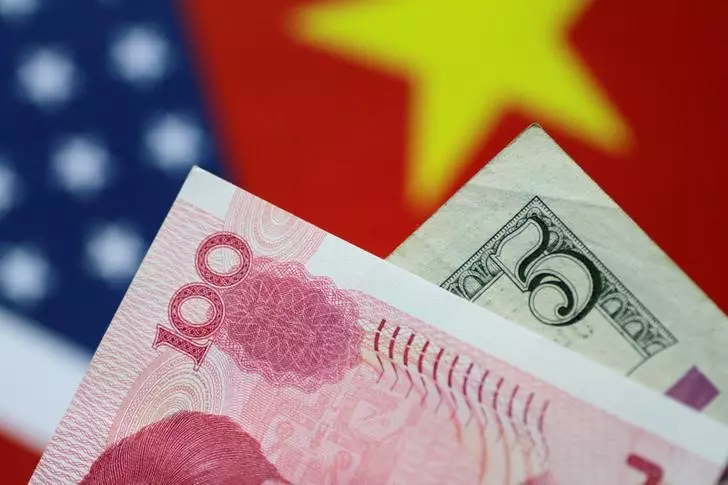Asian Currencies Remain Shaky Amid Political and Economic Uncertainty

The Asian currency landscape is experiencing a period of unease, driven by external economic pressures and internal political turbulence. With the U.S. presidential election looming and significant economic indicators on the horizon, most Asian currencies are trading in a narrow range, showing few signs of recovery. This article examines the dynamics at play in the Asian currency markets, focusing on the Japanese yen, Chinese yuan, and broader regional trends as traders navigate a climate of risk aversion.
Recent trading sessions have seen the U.S. dollar hold a steady position, aided by the anticipation surrounding the presidential election and pivotal economic data scheduled for release this week. These events have prompted traders to adopt a cautious stance, leading to minimal fluctuations in the values of most Asian currencies. The Asian currency markets are closely watching key indicators from the U.S., which could shape expectations for the upcoming Federal Reserve meeting that’s anticipated to result in a modest rate cut of 25 basis points.
The Japanese yen has been particularly vulnerable, recently traded around the 153 yen mark against the dollar after dipping to lows unseen in three months. The currency has struggled not only due to external pressures but also because of growing domestic political uncertainties. The close of the Bank of Japan (BOJ) meeting on Thursday is adding to the yen’s woes. The expectation of the bank maintaining its current rate—without a hike—amid political instability seems to be contributing to ongoing weakness.
The situation is further complicated by the Liberal Democratic Party’s recent loss of its parliamentary majority, an event that has cast doubt on future fiscal policy and the BOJ’s ability to enact rate increases, which had been anticipated earlier this year. This political instability implies that any future monetary policy adjustments by the BOJ may face substantial hurdles, further weakening confidence in the yen.
Meanwhile, the Chinese yuan has displayed slight weakening against the dollar, maintaining levels close to recent highs. Traders are closely monitoring the purchasing managers’ index (PMI) data that is set for release soon, as it may offer insights into the health of the Chinese economy. Just as important are the new fiscal measures introduced by Beijing, aimed at stimulating growth in the face of recent economic struggles. Additionally, early-November will see China’s National People’s Congress convening to discuss plans for increased fiscal spending, which might affect the yuan’s trajectory.
The introduction of these stimulus measures comes amid ongoing global economic concerns and could provide the necessary boost for the yuan if they are perceived positively by investors. However, the market remains cautious, reflecting the broader trend across Asia of a risk-averse trading atmosphere.
Other regional currencies show a mixed bag of performance amid this overarching caution. The Australian dollar experienced a drop of 0.3%, spurred by mixed inflation data that hinted at ongoing underlying inflation pressures despite a fall in headline figures. Such mixed signals create uncertainty regarding the future direction of the Australian economy and its currency.
In South Korea, the won remained relatively stable, reflecting a similar cautious sentiment across the region. Conversely, the Singapore dollar saw a slight uptick, gaining 0.1% as traders reacted to the current global atmosphere. The Indian rupee has been trading close to record highs above the 84 rupee mark versus the dollar, maintaining stability even amidst fluctuating market conditions.
The Asian currencies are navigating a complex environment of political uncertainty, economic data scrutiny, and a steady dollar, leading to a phase of restrained performance. Investors are eagerly awaiting key economic indicators that may provide a clearer direction for monetary policy and currency valuation. As the world watches the outcome of the U.S. presidential race and its potential impact on global markets, Asian currencies remain caught in a delicate balance, reflecting both external and internal pressures.





